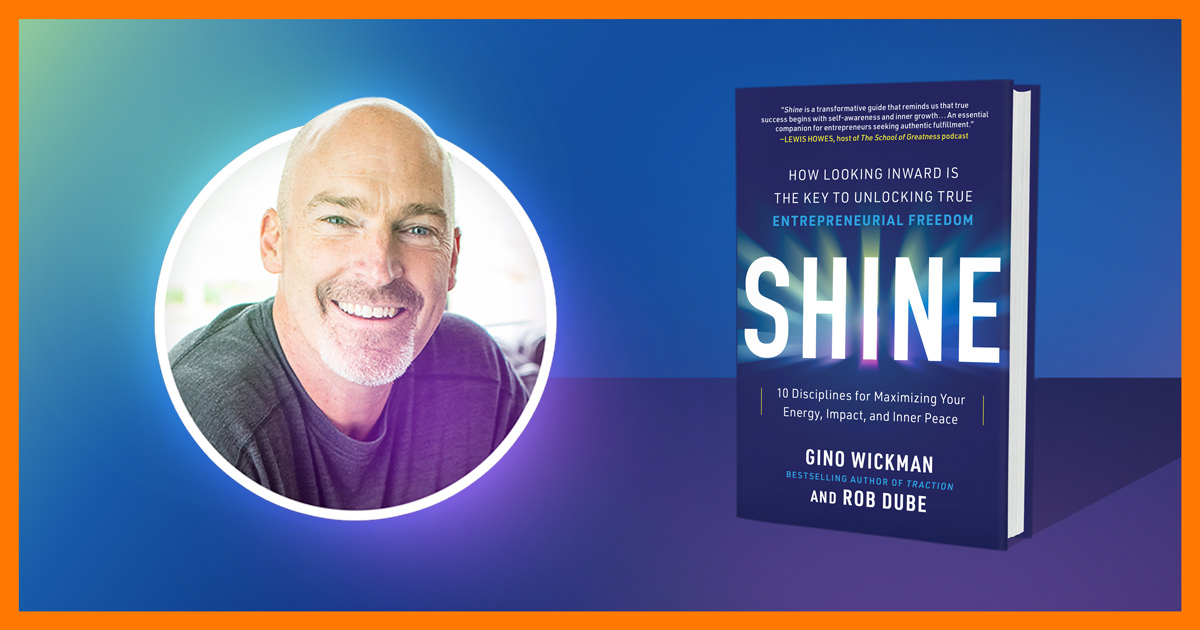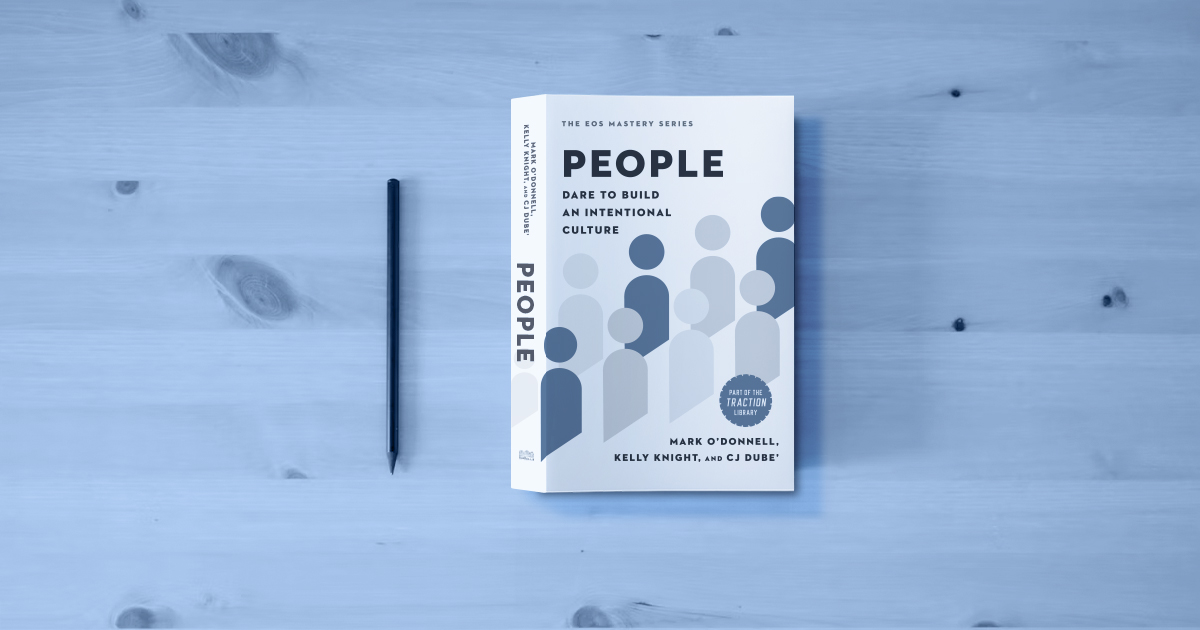
Walt and Roy Disney. Henry Ford and James Couzens. McDonald’s Ray Kroc and Fred Turner. All polar opposites. One saw the future while the other made it happen.
By structuring their companies with these two vital roles at the helm, the visionary and the integrator, these entrepreneurs were able to propel their organizations to greatness – literally changing our world!
In fact, many of our largest companies may not exist today if they hadn’t tapped into this visionary/integrator dynamic duo in their early years!
In his book, Rocket Fuel, EOS® Worldwide founder Gino Wickman describes the relationship simply: “Visionaries have groundbreaking ideas. Integrators make those ideas a reality. The relationship between the two can help your business thrive!” Rocket Fuel is the “how-to” manual for helping visionaries and integrators find each other, work well together, and help their companies soar.
What Type Of Leader Are You?
Do you know which camp you fall into? Whether you’re a company founder, leadership team member, or employee, you’ll have visionary and integrator tendencies. Knowing your type can help you maximize your potential.
Typically, visionaries are company founders known for innovative thinking, big relationships, clear vision, creative problem solving, and a knack for selling and closing big deals. They contribute game-changing ideas to grow and build the company and its culture.
On the other hand, the downside is that they can create chaos, lack patience for details, want to activate on all their ideas ASAP, and fall into “shiny ball syndrome,” losing focus when new, flashy opportunities spring up.
To see if you’re a visionary, take this assessment.
Integrators are great at execution, holding people accountable, creating order, and harmoniously orchestrating all the moving parts of the business. They are relentless about getting people aligned around the company’s core values, core processes, and operating system. As great project managers, they implement programs, systems, and processes that remove obstacles and barriers while simplifying the company’s operations.
The downside is that integrators are realists who may throw a dose of reality to new ideas. They might come across as pessimists, having to say “no” more often to keep the team on track.
To see if you’re an integrator, take this assessment.
As an organization grows, these two roles become crucial for the company to realize its full potential – with the visionary charting the company’s future and the integrator executing the vision through day-to-day operations. Together with their leadership team, a V/I Duo™ can inspire a values-driven company culture where employees are accountable and excited to come to work.
Integrators Are Hard to Find
Only 5% (one out of 20) visionaries possess both visionary and the integrator skill sets, based on experience gathered through small businesses operating on EOS. Further, there is a 4-to-1 ratio of visionaries to integrators.
Natural Friction Creates Rocket Fuel
Truth be told, there will always be some healthy tension between the V/I Duo. The more contrast between the two styles and skills, the bigger the “charge” or tension between the two of them – thus creating rocket fuel for the organization.
Given this super-charged dynamic, it requires discipline to make the V/I relationship everything it can be. The relationship has to be proactively managed to retain respect for each other’s roles, maintain regular and structured communication, and remain a united front.
Tips for the V/I Dynamic Duo
While it’s easy to see how important the visionary/integrator relationship can be for companies, it takes effort and commitment to harness the power of this unique combination. Here are a couple of simple disciplines that will help:
- Start with the Accountability Chart™. In EOS, the Accountability Chart defines the right and best structure to move the organization forward in the next 6-12 months. By defining the key roles in the visionary and integrator seats, clarity and accountability are created for the organization, reducing confusion over roles and responsibilities.
- Hold Same Page Meetings™ First and foremost, the visionary and integrator must stay on the same page. Regular communication must be scheduled to avoid giving mixed messages to the leadership team or others in the organization. If using EOS, a monthly Same Page Meeting agenda is recommended to reduce or eliminate dysfunctional, unproductive interactions – keeping them in sync as a united front, 100% on the same page with each other.
- The Tie-Breaker. The integrator can be the tie-breaker when deciding which ideas are best for the business. Visionaries have a tendency to pursue every great idea, without as much consideration for the details of execution. And since integrators have a pulse on the day-to-day operations and procedures, they serve as the ultimate decision-maker. Any disagreements should be handled in the V/I Same Page Meeting or in an owners’ meeting.
- Eliminate End Runs. Many times, employees take their concerns or complaints about the integrator or another leader to the founder or visionary of an organization. This cuts that leader in question off at the knees, leaving them powerless. Instead, the issue must be directed back to the integrator, leader,r or manager, depending on who the issue is aimed at. Either the visionary should tell them or the employee needs to tell them directly. V/Is should model and teach, “No end runs!”
- Respect Each Other. Like any important relationship, it’s critical for V/I Duos to maintain a high level of openness, trust, and respect for one another. The integrator shouldn’t be made to feel “less than” the visionary – or be viewed as doing the bidding for the visionary. They should regard each other as strong partners, regardless of equity interests.
When the dynamic duo of visionary and integrator roles work well together, it’s like rocket fuel for the organization, helping ignite a booster to take a company to the next level!
Previously published on the B.Inspired blog




